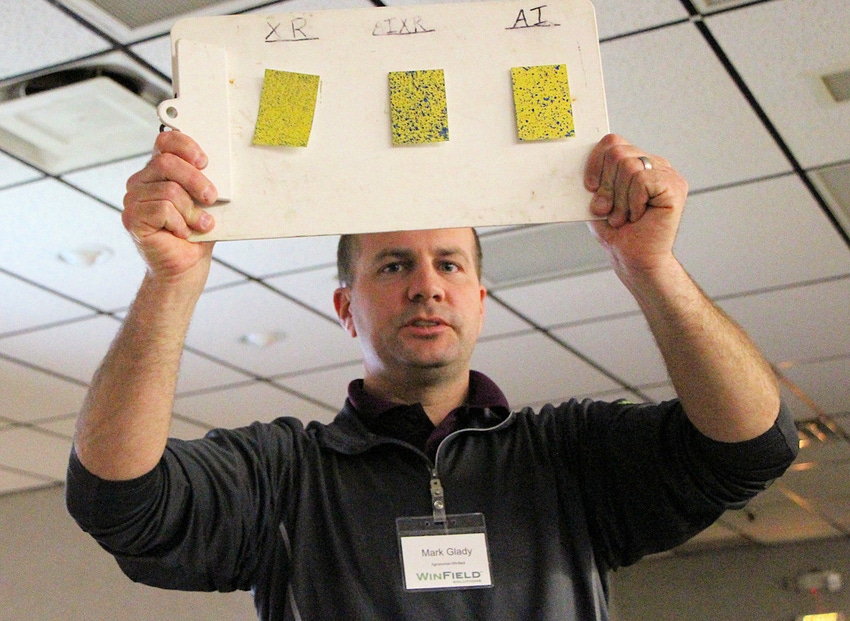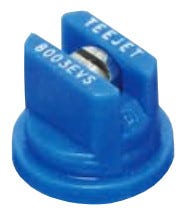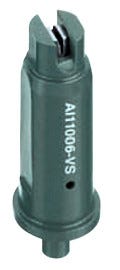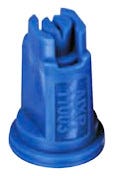April 19, 2016

Note: this is the second in a multi-part series on spray technology. Don't miss other parts of the series:
7 products you shouldn't go without at spray time
3 biggest mistakes applicators make
Video Demo: Picking the right spray nozzle
Mark Glady, regional agronomist for Winfield, teaches clinics on sprayer technology and how to be a better applicator. Nozzle selection is an important part of that because different nozzles produce different droplet sizes, and to optimize herbicide efficacy, different nozzles should be used with different herbicide applications.
Glady says you need to select the nozzle that produces the droplet size called for on the label of the crop-protection product you are spraying. The challenge is that labels can be hard to read. That’s where Glady’s clinic comes in.
In a previous installment of our Sprayer Tech series, Glady demonstrated three spray nozzles—one that makes small droplets, one that makes medium and one that makes large droplets. Here’re a cheat sheet you can hang up in your shop that reviews the vocabulary of what each nozzle is and the coverage it provides.

Flat fan nozzle
This nozzle produces small droplets, which are good for coverage but have a higher potential for drift, Glady says. Drift happens when fine spray particles move off-target and land where they are not intended to, never reaching the weed. Glady says flat fan nozzles can be a good choice for applying post-emergence contact herbicides such as Cobra, Flexstar, or Avalanche Ultra, which require complete coverage that small droplets can provide. Using adjuvants and Interlock can decrease some of those small fines, but still provide excellent coverage.

Air induction nozzle
This nozzle is at the opposite end of the spectrum when it comes to droplet size and spray coverage, Glady says. “It produces larger or coarser droplets relative to the flat fan, which is great for drift reduction, but you sacrifice coverage,” he says. “It is not a good choice for herbicides that need to cover or paint the leaf surface in order to be effective.”

Air induction extended range nozzle
: “Extended range” refers to a wider range of pressures you can operate the nozzle. The nozzle produces medium-size droplets, resulting in slightly better coverage than the AI and with less drift than that of the flat fan nozzle. “I would never recommend using one nozzle for all herbicides, but this nozzle splits the difference between nozzles that make small droplets for coverage and nozzles that make large droplets for drift control,” Glady says.
In the next installment of our Sprayer Tech series, Glady will cover which nozzle works best for the chemical products and brands you are spraying.
(Nozzle images: TeeJet)
About the Author(s)
You May Also Like




